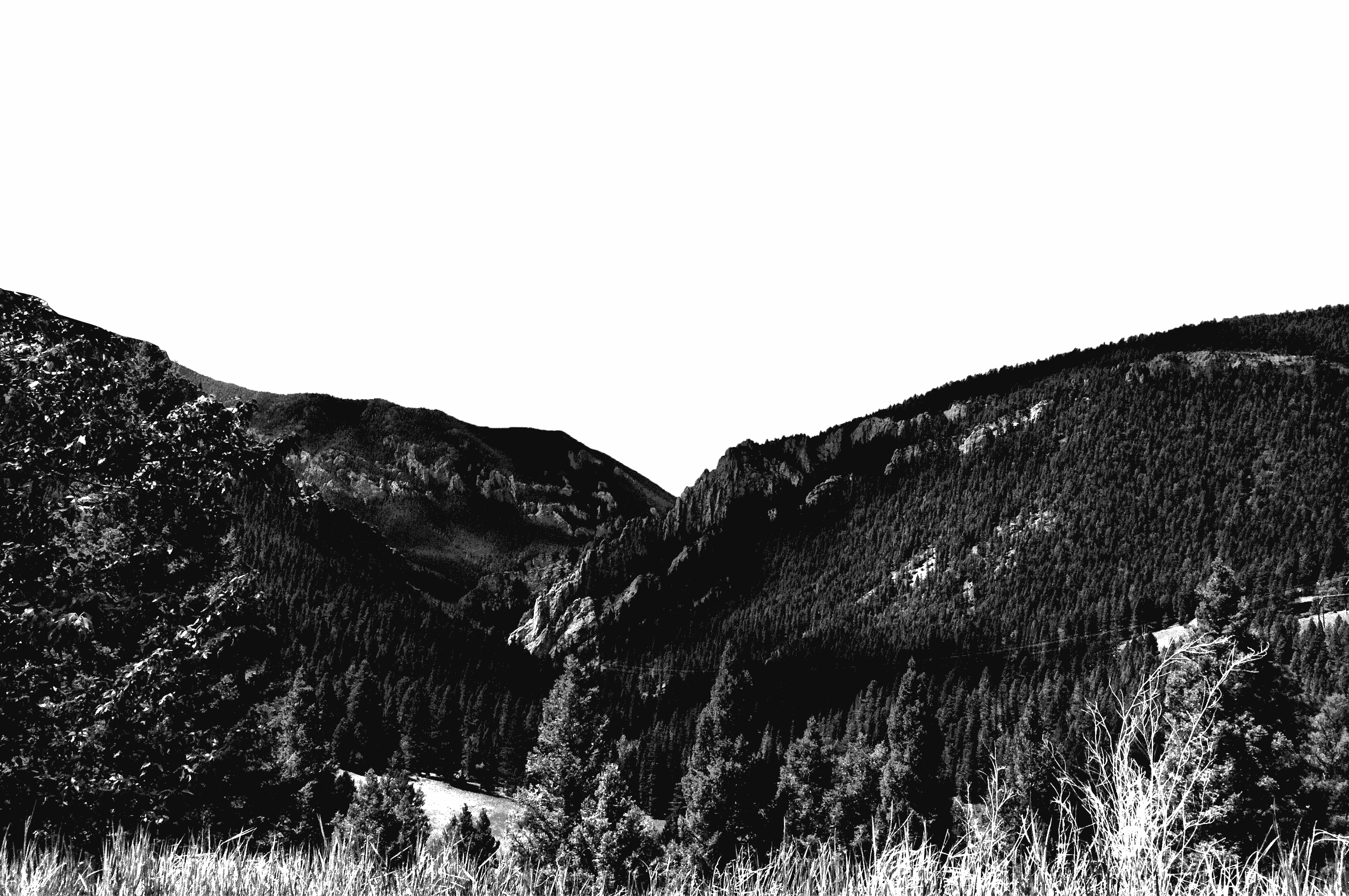The Stations of the Cross will be held in All Saints Chapel throughout Lent on Fridays at 3pm.
The Via Crucis
Of all the pious exercises connected with the veneration of the Cross, none is more popular among the faithful than the Via Crucis...
The love of the Christian faithful for this devotion is amply attested by the numerous Via Crucis [Stations of the Cross] erected in so many churches, shrines, cloisters, in the countryside, and on mountain pathways where the various stations are very evocative. The Via Crucis is a synthesis of various devotions that have arisen since the high middle ages: the pilgrimage to the Holy Land during which the faithful devoutly visit the places associated with the Lord's Passion; devotion to the three falls of Christ under the weight of the Cross; devotion to "the dolorous journey of Christ" which consisted in processing from one church to another in memory of Christ's Passion; devotion to the stations of Christ, those places where Christ stopped on his journey to Calvary because obliged to do so by his executioners or exhausted by fatigue, or because moved by compassion to dialogue with those who were present at his Passion...
The Via Crucis is a journey made in the Holy Spirit, that divine fire which burned in the heart of Jesus (cf. Lk 12, 49-50) and brought him to Calvary. This is a journey well esteemed by the Church since it has retained a living memory of the words and gestures of the final earthly days of her Spouse and Lord.
In the Via Crucis, various strands of Christian piety coalesce: the idea of life being a journey or pilgrimage; as a passage from earthly exile to our true home in Heaven; the deep desire to be conformed to the Passion of Christ; the demands of following Christ, which imply that his disciples must follow behind the Master, daily carrying their own crosses (cf Lk 9, 23).
The Via Crucis is a particularly apt pious exercise for Lent.
(Directory on Popular Piety and the Liturgy, 131-133)

